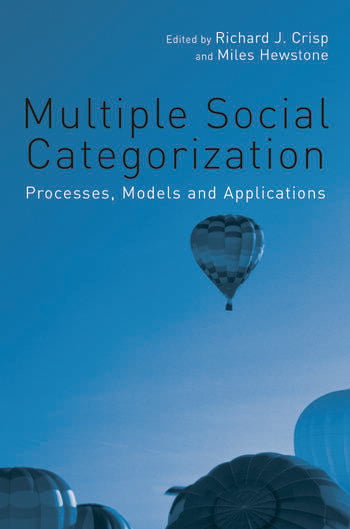Film Review: Multiracial IdentityPosted in Articles, Book/Video Reviews, Census/Demographics, Media Archive, Social Science, United States on 2013-10-02 01:36Z by Steven |
Film Review: Multiracial Identity
Teaching Sociology
Volume 41, Number 4 (October 2013)
pages 397-399
DOI: 10.1177/0092055X13496205
Sara McDonough
Department of Sociology
Virginia Polytechnic Institute and State University
David L. Brunsma, Professor of Sociology
Virginia Polytechnic Institute and State University
Multiracial Identity. 77 minutes. 2010. Brian Chinhema , director. Bullfrog Films. PO Box 149, Oley, PA 19547. 610.779.8226. http://www.bullfrogfilms.com/.
Released in 2011, Multiracial Identity is a timely, well-crafted film written and directed by Brian Chinhema that presents many of the key concepts, debates, and questions surrounding mixed-race identity and multiraciality in American society. Narrated by Dieter Weber, the film integrates both scholarly and nonscholarly voices to present a number of key discussions and tensions about the place and recognition of multiracial people in U.S. society while also providing space for multiracial individuals or the parents of mixed-race children to talk about their experiences and insights on the meanings of multiraciality in the United States. Featuring prominent scholars in the field of multiracial identity, such as Rainier Spencer and Naomi Zack, as well as Aaron Gullickson and Aliya Saperstein, the film provides some basic historical background to contextualize contemporary discussions about multiraciality. While the numbers show an increase of 33 percent in the multiracial population between 2000 and 2010, the existence of multiracial people is not a new phenomenon. The film sets the historical and conceptual stage early, so students might ask, “What has changed in terms of (multi)race and (multi)racial identity in the United States?”
Viewers are provided with an introductory overview of the existence, status, and sociocultural dilemmas that have faced multiracial populations historically. The film does a good job showing the changing meaning of multiraciality across time and space (e.g., regional differences and across racial/ethnic combinations). Though the historically central organizing principle of the black/white binary is discussed, the film raises the question of the utility of this paradigm for understanding multiraciality as it gives attention to the experience of other multiracial individuals (e.g., Hapa-Haoles/Asian-white). Interfacing with the changing demographics associated with the repeal of certain anti-immigration laws in the 1960s, and the increase in Asian and Hispanic/Latino migration in particular, the film more than adequately …
Read or purchase the review here.


